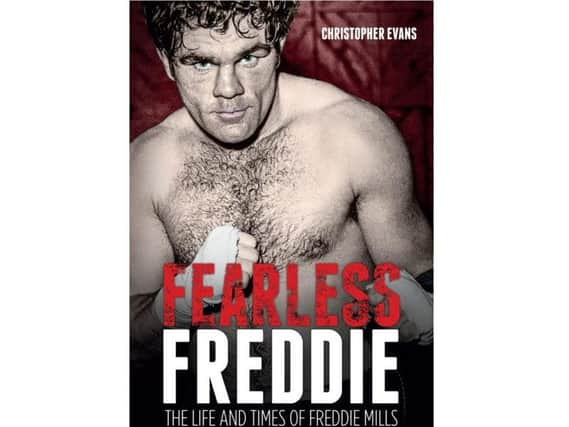REVIEW: The Life and Times of Freddie Mills


The release accompanying Fearless Freddie starts in familiar fashion: it’s an inspirational story of one man’s rise from the backstreets of Bournemouth, hardly a gripping introduction. Yet the line explaining that Mills’ career started in the fairground boxing booths sounds interesting and after this, it gets a little better, coaxing the reviewer to press on.
In many respects, the press release mirrors Christopher Evans’ book: it’s a slow burner, peppered with both familiar tales and completely unexpected anecdotes.
Advertisement
Hide AdAdvertisement
Hide AdBoxers are a breed apart and stories of how they suffered injury are part-and-parcel of any boxing biography, primarily because inflicting pain on an opponent is their job. Mills too incurred serious injury, including a broken neck, but still managed to win a world title.
The search for unknown aspects of Mills’ life take a while to uncover, but they’re worth waiting for, such as details of his honeymoon with his wife, Chrissie, which was spent, in part at least, with Chrissie’s ex-husband.
Then there’s the conspiracy theories. Author Christopher Evans weaves a fine tale, telling of how the death of Mills’ friend, Michael Holliday, triggered a chain of events that would result in Freddie too meeting his end. His association with the notorious Kray twins was well known, but Evans takes us deeper into their relationship, though perhaps not quite deep enough.
Mills met a grizzly end. Officially, he shot himself while sat in the back of his car in July 1965; the coroner recorded a suicide verdict, but Mills’ family have never accepted this and suspect that his involvement with individuals who would make Tony Soprano look like Julie Andrews had more to do with his untimely demise.
Never judge a book by its press release: reading Fearless Freddie would confirm that.